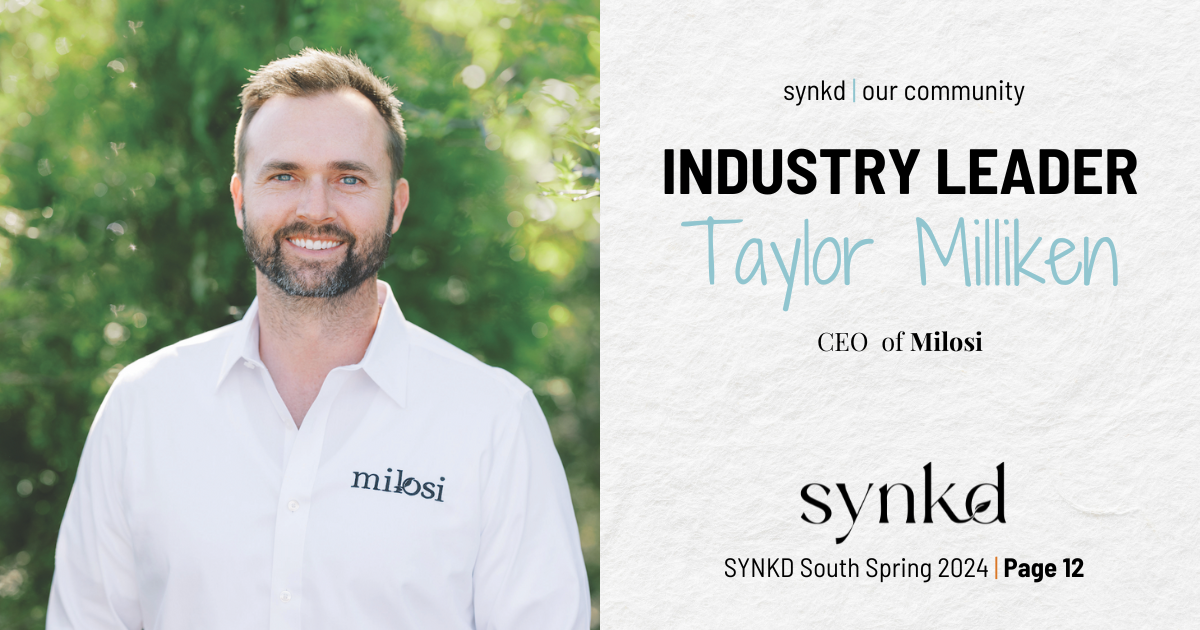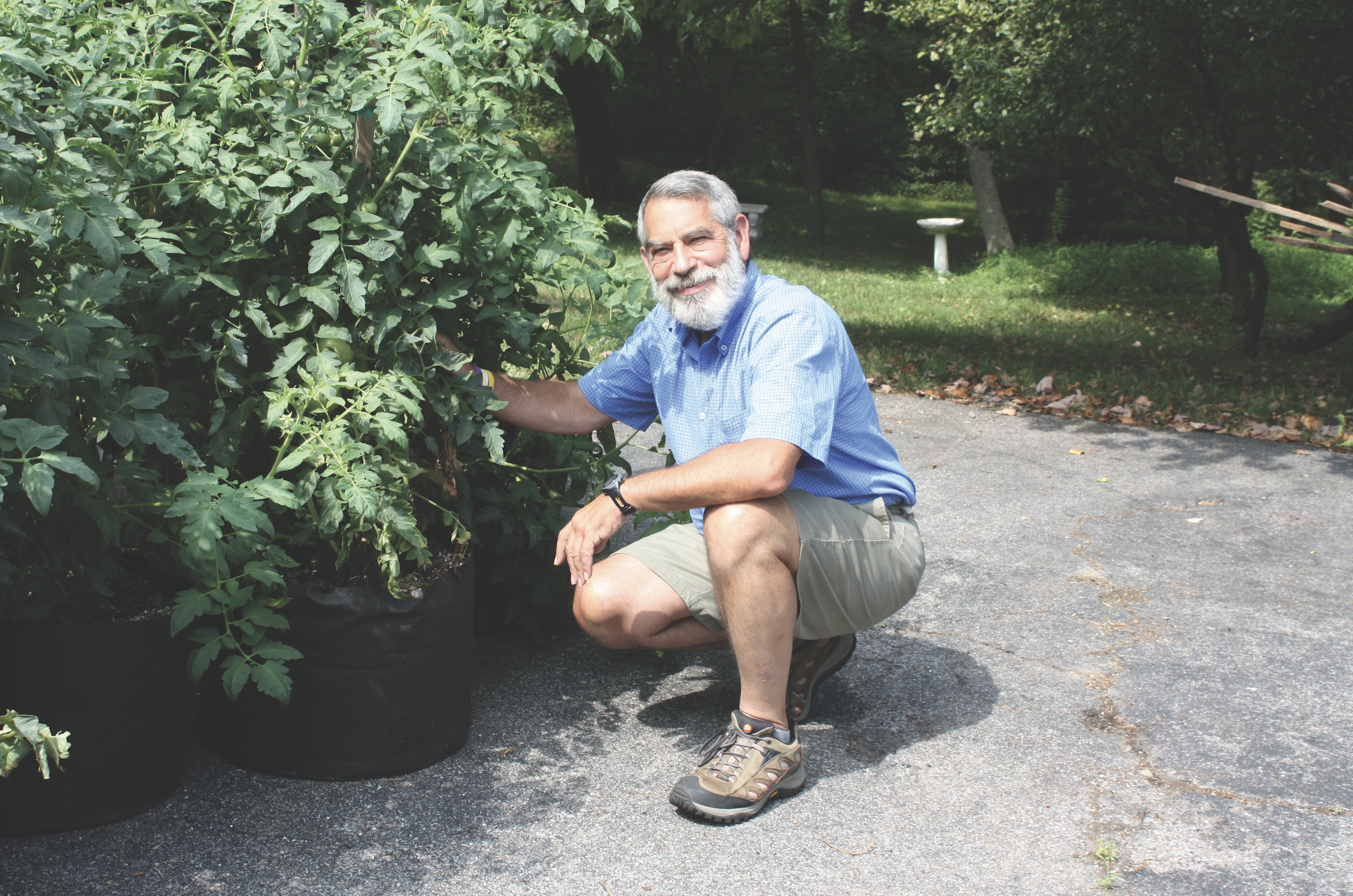From Sinking to Swimming
Industry Leader|Why Taylor Milliken Lives by the Motto, “I Don’t Know. I’ll Find Out.”
By Joe Samnik, Horticulture & Arboriculture Subject Matter Expert
A funny thing happened on the way to the marketplace. We forgot to define something. We use it every day in our marketing and advertising, but nobody knows the definition. Worse yet, we claim to be practicing it, but we’re not. The building blocks necessary to practice this undefined concept are either completely misunderstood or totally lacking in fundamental knowledge. Those building blocks are then assembled to define and present a work product to our clientele, which will and does fail.
The word is sustainability. And collectively, the green industry cannot define it and therefore cannot put it into practice. Yet our advertising and claims all use the word. If the product or the claim of the product is not sustainable, it won’t sell. Everything has become sustainable.
The defects are being designed into our work products. No aspersions or fingerpointing; however, the first building block in defining sustainability, and putting it into practice begins with the specifications and landscape notes that dictate the conduct of the installation and the maintenance. resultant fertilizers and fertilization. Too many green industry professionals do not grasp the basic meaning of soil pH and its effect in and on plants. Soil pH can’t be changed to any appreciable degree or amount of time. It can, however, be managed. If we were farm-producing edibles, it would be a different story. But we are not growing food. We are growing a way of life to an appreciable degree of beauty, but, alas, not sustainability. The matter of soil pH is being conveniently handed off by one professional group to other professional groups, and the problem never gets solved.
CEC is seldom, if ever, mentioned in design criteria. Yet this phenomenon will dictate the fate of critical nutrients in soils, either applied or inherent by nature. Knowledge of CEC is necessary—what it does in soils and how to manage in a better fashion than ignoring it. Get the soil right should be the standard-bearer for all professional work products at the fundamental level.
Fertilizers and fertilization are treated much like soil pH issues—from one desk to another. The driver of our collective specificity must grasp, or seek others to grasp for them, the basic principles of fertilization. Fertilizer ratios must be differentiated from fertilizer analysis, driven by rates of application, all of which are missing in today’s professional work products.
Like a three-legged stool, which of the three legs is most important? It is a learned circle that must be completed before sustainability can be stamped onto our work products. And it must be a collaborative effort. The science is there. All the questions have already been answered, but no one person knows it all.
When these three sciences are brought together under one work product, sustainability shall be realized. The result will be commercial landscapes that can be fertilized once every other year with the highest of curb appeal. Pest control would be an anomaly. Water consumption would be cut in half at the very least. Therein lies the definition of a sustainable landscape that can be realized in today’s marketplace.
Joe Samnik is entering his 57th year of practice as a horticultural consultant and testifying subject matter expert witness in the field of horticulture and arboriculture.

Industry Leader|Why Taylor Milliken Lives by the Motto, “I Don’t Know. I’ll Find Out.”
 Read More
Read More

The Process Toward Launching New Green Industry Products